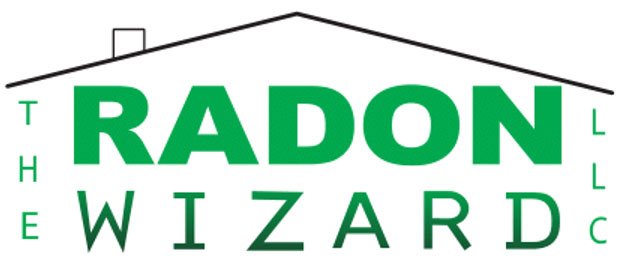When it comes to protecting your health and the safety of your family, radon testing should not be overlooked. Radon gas is an odorless and colorless gas that can seep into homes through cracks in the foundation or other openings. As one of the leading causes of lung cancer, radon should be taken seriously, which is where a professional radon test comes in. Whether you are buying or selling a home, or just want to ensure peace of mind for yourself and your family, learning about radon testing can help you make informed decisions.
Radon is a naturally occurring gas that originates from uranium deposits in soil, rock formations, and water sources. Long-term exposure to high levels of radon gas has been linked to lung cancer mortality rates in humans, making it important to monitor levels in homes and buildings. The Environmental Protection Agency (EPA) recommends that any home with levels measuring at 4.0pCi/L or higher should have corrective action taken to reduce the risk associated with radon exposure. Radon tests measure this level over time so that homeowners can take the necessary steps toward reducing risks associated with high concentrations of the gas.
The most common way to test for radon is by a method called Short-Term testing. This is a method where a radon test device is placed in an appropriate location within the structure. It remains for a minimum of a 48 hour exposure period. After this time, the test device is either sent back to a lab for analysis, or possibly read on-site to reveal what the radon concentration was during the exposed time frame. Short-Term tests are great in that they are able to provide a quick snap shot of what the current concentrations within a structure are. These types or tests are always utilized during a real-estate transaction or whenever a quick determination needs to be made. It is very important that the Short-Term test is accompanied by Closed Building Conditions during the testing period to provide an accurate result.
Another method is called a Long-Term radon test. This method it typically utilized when a more seasonal average is desired. These tests last no less than 90 days and do not rely as heavily on the Closed Building Condition requirements. Due to the length of time that it takes to conduct a Long-Term test, this method is not used very often. It can however provide more information for someone that is borderline to the EPA Action Level of 4.0pCi/L.
Radon testing is vitally important because, if left unchecked, radon exposure can lead to long-term health issues such as lung cancer when exposed to elevated levels for extended periods of time. In fact, according to the EPA’s estimates, every year an estimated 21,000 people die from lung cancer caused by being exposed to high levels of indoor radon concentrations over long periods of time.
With accurate data regarding potential hazardous radon gas in your home coupled with sound advice from the trained professionals at The Radon Wizard; homeowners can rest assured knowing that they are informed about potential health risks associated with high concentrations of this hazardous gas. They can then take proactive steps towards improving air quality within their homes all while feeling secure knowing they’re doing what they can do to minimize risk posed by radon gas.

